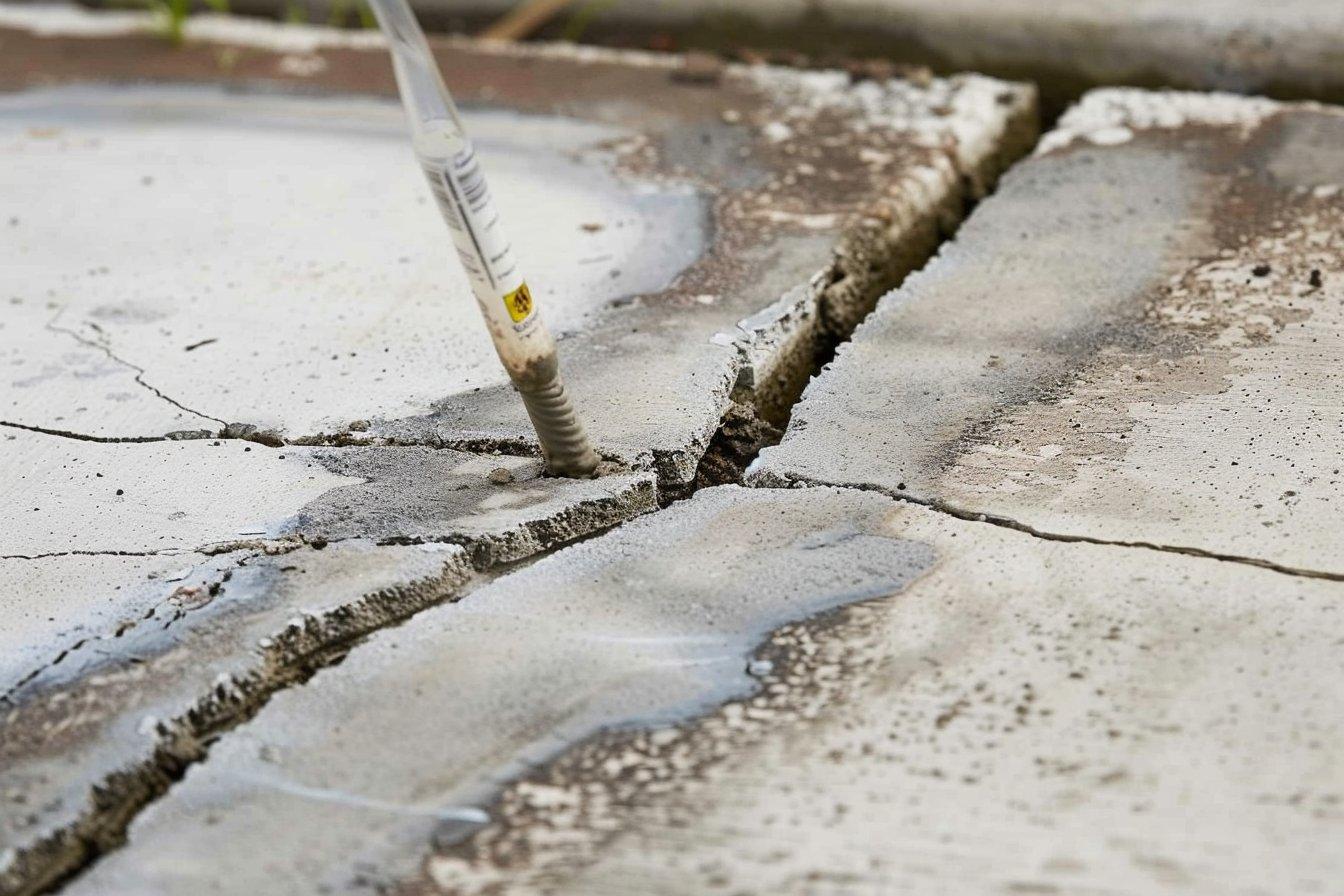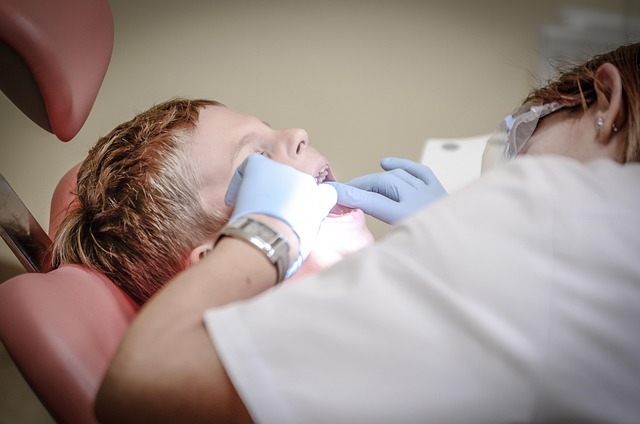Complete Guide to Concrete Crack Repair: Solutions for Lasting Surfaces
Concrete is renowned for its durability, but even the strongest concrete surfaces eventually develop cracks. These fissures not only compromise the aesthetic appeal of concrete structures but can also lead to more serious structural issues if left unaddressed. Understanding the causes, types, and repair methods for concrete cracks is essential for maintaining the integrity and longevity of concrete surfaces. This comprehensive guide explores effective concrete crack repair solutions, their benefits, and methods that ensure lasting results for residential and commercial concrete surfaces.

Understanding Common Causes of Concrete Cracks
Concrete cracks appear for various reasons, and identifying the root cause is crucial for implementing the appropriate repair solution. Shrinkage during the curing process is perhaps the most common cause, occurring when moisture evaporates too quickly from freshly poured concrete. Temperature fluctuations also play a significant role, as concrete expands in warm weather and contracts during cold periods, creating stress that results in cracking. Additionally, excessive weight or pressure beyond the concrete’s load-bearing capacity can cause structural cracks, while poor soil compaction beneath the concrete often leads to settlement cracks as the ground shifts. Understanding these causes helps property owners determine whether a crack indicates a serious structural problem or merely a cosmetic issue requiring simple repairs.
Benefits of Concrete Surface Crack Repair
Addressing concrete cracks promptly offers numerous advantages beyond mere aesthetics. First, timely repairs prevent water infiltration that could lead to freeze-thaw damage—a cycle where water seeps into cracks, freezes, expands, and widens the existing damage. Properly repaired surfaces also maintain their structural integrity, potentially extending the concrete’s lifespan by decades. From a safety perspective, eliminating cracks reduces tripping hazards and improves surface stability. Additionally, investing in crack repair typically costs significantly less than complete concrete replacement, making it an economically sound decision for property maintenance. Well-maintained concrete surfaces also enhance property value and curb appeal, making crack repair a worthwhile investment for homeowners and business owners alike.
Types of Concrete Cracks and Their Repair Requirements
Different crack types demand specific repair approaches for optimal results. Hairline cracks (less than 1/8 inch wide) generally require only surface treatments with crack sealants or epoxy injections. These minor cracks typically don’t compromise structural integrity but should be addressed to prevent water infiltration. Medium cracks (1/8 to 1/4 inch) usually need deeper filling with repair mortars or concrete patching compounds to restore surface continuity. Large cracks (wider than 1/4 inch) often indicate more serious issues and may require professional assessment to determine if there’s underlying structural damage. These substantial cracks typically need comprehensive repair approaches, including reinforcement techniques like carbon fiber strips or stapling, followed by filling with specialized repair materials. Understanding the crack type helps determine whether a DIY approach is sufficient or professional intervention is necessary.
Discover Effective Methods to Fix Cracks in Concrete Surfaces
Several proven techniques exist for concrete crack repair, each suited to particular crack types and conditions. For narrow surface cracks, epoxy injection provides exceptional strength, often resulting in areas stronger than the original concrete. This method works well for structural repairs but requires careful application. Polymer-modified cement products offer excellent solutions for wider cracks, providing good adhesion and flexibility to accommodate minor movements. For floors and horizontal surfaces, self-leveling sealants create smooth, durable repairs that blend seamlessly with existing concrete. In situations where cracks continue to move, flexible polyurethane or silicone sealants accommodate ongoing shifts while maintaining a watertight seal. For extensive damage, stitching or stapling techniques physically bridge large cracks using metal staples embedded across the crack, then covered with patching material for a unified surface.
DIY vs. Professional Concrete Crack Repair Solutions
While many homeowners successfully tackle minor concrete repairs, knowing when to call professionals is essential for lasting results. DIY repairs are generally appropriate for cosmetic, non-structural cracks under 1/4 inch wide. These projects typically require materials like concrete patching compounds, epoxy or polyurethane fillers, and basic tools including wire brushes, trowels, and caulking guns. However, structural cracks, recurring cracks despite previous repairs, cracks with visible shifting or displacement, or foundation cracks should prompt professional consultation. Professional contractors have access to industrial-grade materials and specialized equipment for comprehensive repairs. They also possess the expertise to identify underlying issues that might be causing the cracks, ensuring that repairs address the root cause rather than merely masking symptoms.
Concrete Crack Repair Products and Materials Comparison
Several products dominate the concrete repair market, each offering distinct advantages for specific applications. Understanding these options helps ensure appropriate material selection for different repair scenarios.
| Product Type | Best For | Advantages | Cost Estimation |
|---|---|---|---|
| Epoxy Injection Systems | Structural repairs, fine cracks | Strongest bond, waterproof, prevents further deterioration | $20-$150 per kit |
| Polymer-Modified Cement | Medium-width cracks, vertical surfaces | Good adhesion, weather resistant, matches concrete color | $15-$40 per container |
| Polyurethane Sealants | Moving cracks, expansion joints | Flexible, water-resistant, UV stable | $8-$25 per tube |
| Concrete Patching Compounds | Surface repairs, wider cracks | Easy to apply, quick-setting, good for vertical surfaces | $10-$30 per container |
| Hydraulic Cement | Active water leaks, basement cracks | Sets underwater, expands when curing | $15-$35 per container |
Prices, rates, or cost estimates mentioned in this article are based on the latest available information but may change over time. Independent research is advised before making financial decisions.
Maintaining Concrete Surfaces After Crack Repair
Post-repair maintenance significantly impacts the longevity of concrete repairs. Applying quality concrete sealers every 2-5 years provides an additional protective barrier against moisture infiltration and chemical damage. Regular cleaning prevents the accumulation of debris that can trap moisture and accelerate deterioration around repaired areas. Proper drainage management also protects concrete surfaces, as standing water accelerates deterioration of even well-repaired concrete. In colder climates, using concrete-safe de-icing products instead of rock salt reduces chemical damage to repaired sections. Additionally, addressing new cracks promptly prevents minor issues from developing into major problems. With proper maintenance, well-executed concrete repairs can last decades, making regular inspection and preventive care essential components of concrete surface management.




